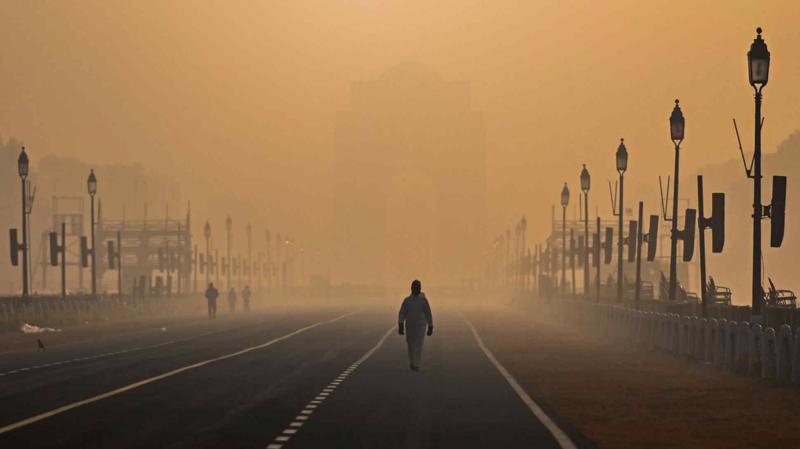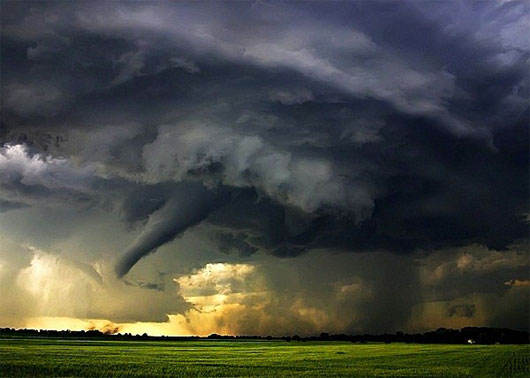Storm of War: How are Countries Developing Weather Weapons for Future Conflicts? Will Humanity Perish?

In the annals of warfare, humanity has always sought the upper hand, employing increasingly sophisticated technology to overpower adversaries. But what happens when this pursuit pushes the boundaries of the natural world, harnessing the very elements themselves? This question is at the heart of the emerging discourse on weather weapons, a domain of military development shrouded in both mystery and potential catastrophe.

The Genesis of Weather Warfare

The concept of manipulating weather for military purposes is not new. Historical records and folklore are replete with instances where weather played a pivotal role in the outcomes of battles. However, the modern era has seen a transition from passive observation to active manipulation, with countries investing significantly in technologies capable of altering weather patterns. The genesis of this effort can be traced back to projects like the U.S. military’s Operation Popeye during the Vietnam War, which aimed to extend the monsoon season over specific areas to disrupt enemy logistics.

Current Developments and Techniques
Today, the scope of research into weather manipulation is both broad and secretive. Techniques under investigation include cloud seeding to induce rain or snow, ionospheric heating to alter weather patterns, and the creation of artificial clouds to block satellite surveillance. The strategic implications are profound, offering the ability to disrupt agricultural productivity, degrade enemy morale, and even trigger natural disasters in hostile territories.
The Ethical Quandary and Environmental Impact
The development of weather weapons introduces an ethical conundrum of significant proportions. The Geneva Convention explicitly bans environmental modification techniques for hostile purposes, recognizing the indiscriminate and uncontrollable nature of such methods. Beyond the legality, there’s a moral question about the right to alter planetary systems that sustain all life on Earth. The environmental impact of widespread weather modification could be catastrophic, leading to unintended climatic shifts, loss of biodiversity, and the exacerbation of global warming.
The Future: Innovation or Annihilation?
As countries continue to explore the potential of weather weapons, the line between defensive and offensive capabilities blurs. The promise of controlling the weather for beneficial purposes—such as alleviating drought or mitigating hurricanes—remains a potent justification for research. However, the risk of escalation into a new form of warfare cannot be ignored.
Humanity at a Crossroads
The development of weather weapons poses a fundamental question about the trajectory of human innovation. Are we moving towards a future where nature is weaponized, leading to potential ecological collapse and humanitarian crises? Or will the international community recognize the perilous path of this arms race and seek to impose stringent global controls?
The answer lies not only in the hands of policymakers and scientists but also in the collective voice of the global population. It is a stark reminder that, in the quest for dominance, humanity must not lose sight of its responsibility towards the Earth and its inhabitants. The storm of war looms large—but it is not inevitable.
